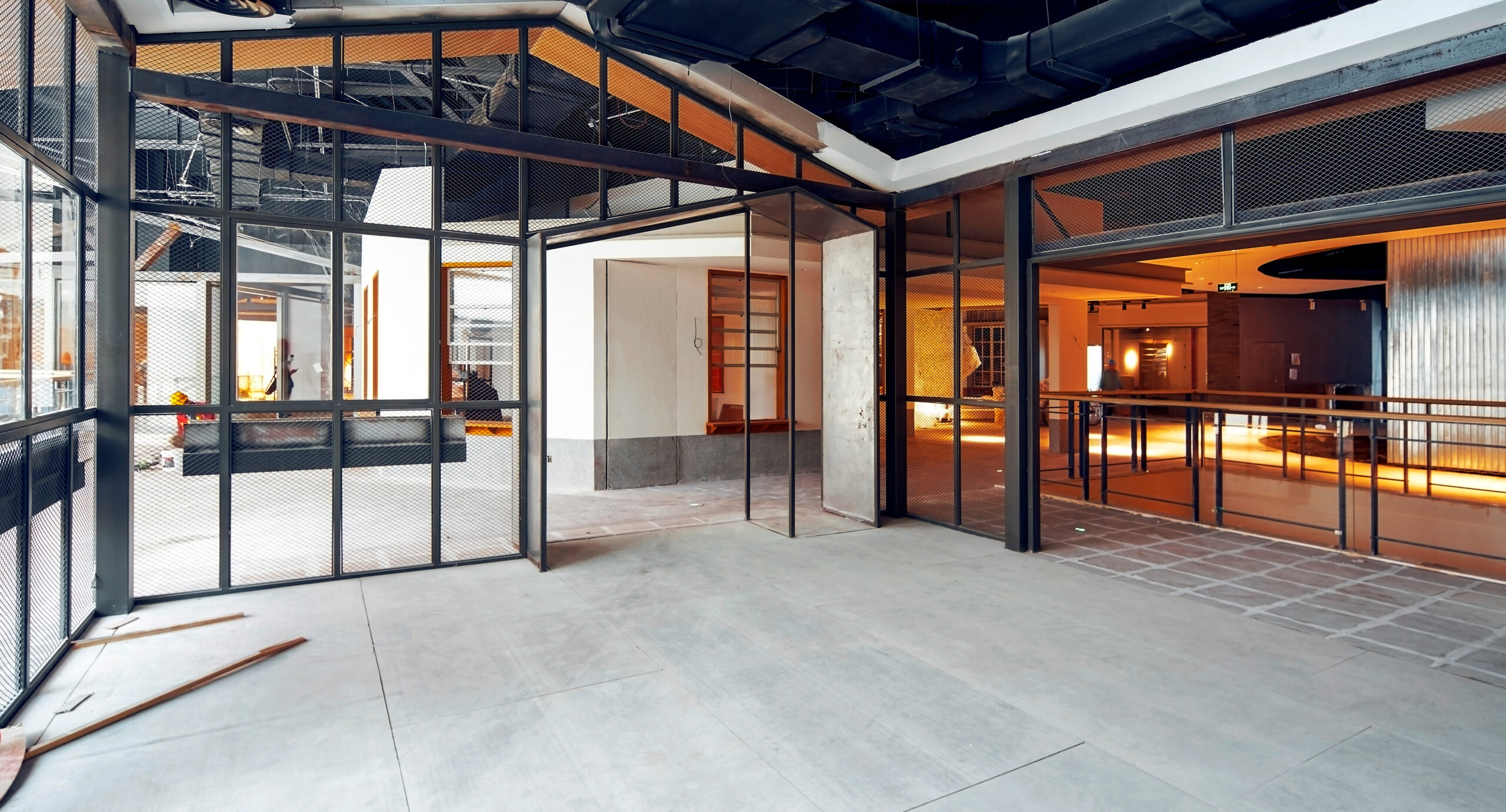
A tenant build-out, also known as Tenant Improvement (TI), is the process of customizing a leased commercial space to meet the specific needs of a tenant. This procedure is crucial for transforming raw or generic space into a functional, aesthetically pleasing environment that aligns with the tenant’s business operations. This guide provides a detailed overview of the tenant build-out process, from initial planning to final inspection, to help both tenants and landlords navigate this complex but essential endeavor.
1. Lease Negotiation and TI Allowance
The tenant build-out process begins with the lease negotiation. This is a critical phase where the tenant and landlord discuss and agree on the terms of the build-out. Key points of negotiation include:
- Scope of Work: Defining the extent of the improvements, including any structural changes, new construction, or upgrades to existing facilities.
- TI Allowance: A tenant improvement allowance is the amount of money the landlord agrees to contribute towards the build-out. This can vary widely based on factors such as the length of the lease, the tenant’s creditworthiness, and the condition of the space.
- Timeline: Establishing a clear timeline for the completion of the build-out, including milestones and deadlines.
- Responsibility: Determining who will oversee and manage the build-out process, whether it will be the tenant, the landlord, or a combination of both.
2. Planning and Design
Once the lease is signed, the next step is the planning and design phase. This involves collaborating with architects, interior designers, and engineers to create a detailed plan. Key considerations during this phase include:
- Space Utilization: Understanding the tenant’s business operations to ensure optimal use of space. This may involve creating open-plan areas, private offices, meeting rooms, and specialized areas such as break rooms or storage facilities.
- Code Compliance: Ensuring the design complies with local building codes and regulations, including accessibility standards, fire safety, and health regulations.
- Aesthetics and Branding: Incorporating the tenant’s branding and aesthetic preferences into the design to create a cohesive and appealing environment.
- Budget Management: Developing a realistic budget that aligns with the TI allowance and the tenant’s financial capacity. This includes cost estimates for materials, labor, and any additional expenses.
3. Permitting and Approvals
Before construction can begin, it’s essential to obtain the necessary permits and approvals from local authorities. This step involves:
- Submitting Plans: Presenting the detailed architectural and engineering plans to the local building department for review.
- Zoning Compliance: Ensuring the build-out adheres to zoning laws and land use regulations.
- Environmental Considerations: Addressing any environmental concerns, such as asbestos removal or energy efficiency requirements.
- Inspections: Scheduling inspections to verify compliance with building codes and safety standards.
4. Construction and Build-Out
With plans approved and permits in hand, the construction phase can commence. This involves hiring contractors and coordinating various trades to execute the build-out. Key steps during this phase include:
- Selecting Contractors: Choosing reputable contractors and subcontractors with experience in commercial build-outs. This may involve a bidding process to ensure competitive pricing.
- Project Management: Overseeing the construction process to ensure it stays on schedule and within budget. This typically involves a project manager who coordinates the work of different trades, handles procurement of materials, and manages timelines.
- Communication: Maintaining regular communication between the tenant, landlord, contractors, and designers to address any issues or changes that arise.
- Quality Control: Conducting regular site inspections to ensure the work meets the specified quality standards and adheres to the approved plans.
5. Regular Inspections and Adjustments
Throughout the construction phase, regular inspections are critical to ensure the build-out is progressing as planned. This includes:
- Routine Inspections: Conduct regular inspections at various stages of construction to verify compliance with plans and building codes. This may involve city or county inspectors and third-party quality control inspectors.
- Addressing Issues: Promptly addressing any issues or deviations from the plans that arise during inspections. This may involve making adjustments to the construction process or revising plans.
- Change Orders: Managing any change orders, which are modifications to the original plans or scope of work. Change orders should be documented, approved by all parties, and included in the project budget and timeline.
6. Final Walk-Through and Punch List
As construction nears completion, a final walk-through is conducted to ensure everything meets the tenant’s expectations and the agreed-upon specifications. This step includes:
- Creating a Punch List: Identifying any remaining tasks or deficiencies that need to be addressed before the space is considered complete. This list is typically compiled during the final walk-through and includes items such as touch-ups, minor repairs, and final clean-ups.
- Addressing Punch List Items: Completing the tasks on the punch list promptly to ensure the space is fully ready for occupancy.
- Final Inspections: Conducting final inspections to verify that all punch list items have been addressed and that the space meets all building codes and safety standards.
7. Move-In and Finalization
The tenant can move into the new space once the build-out is complete and all inspections have been passed. This phase involves:
- Coordinating the Move: Organizing the logistics of moving furniture, equipment, and personnel into the new space. This may involve working with professional movers and scheduling the move to minimize disruption to business operations.
- Final Adjustments: Making any final adjustments to the space to ensure it fully meets the tenant’s needs. This may include installing signage, configuring workstations, and setting up technology.
- Documentation: Ensuring all documentation related to the build-out, including permits, inspection reports, warranties, and maintenance manuals, is organized and accessible.
FAQs
- What is a tenant build-out?
A tenant build-out, also known as Tenant Improvement (TI), is the process of customizing a leased commercial space to meet a tenant’s specific needs. This can involve structural changes, electrical and plumbing upgrades, and interior design modifications.
- Who pays for the tenant build-out?
The cost of the tenant build-out is typically negotiated between the tenant and landlord. Often, the landlord provides a Tenant Improvement Allowance (TIA) to cover part or all of the costs. Any expenses exceeding the allowance are usually the tenant’s responsibility.




